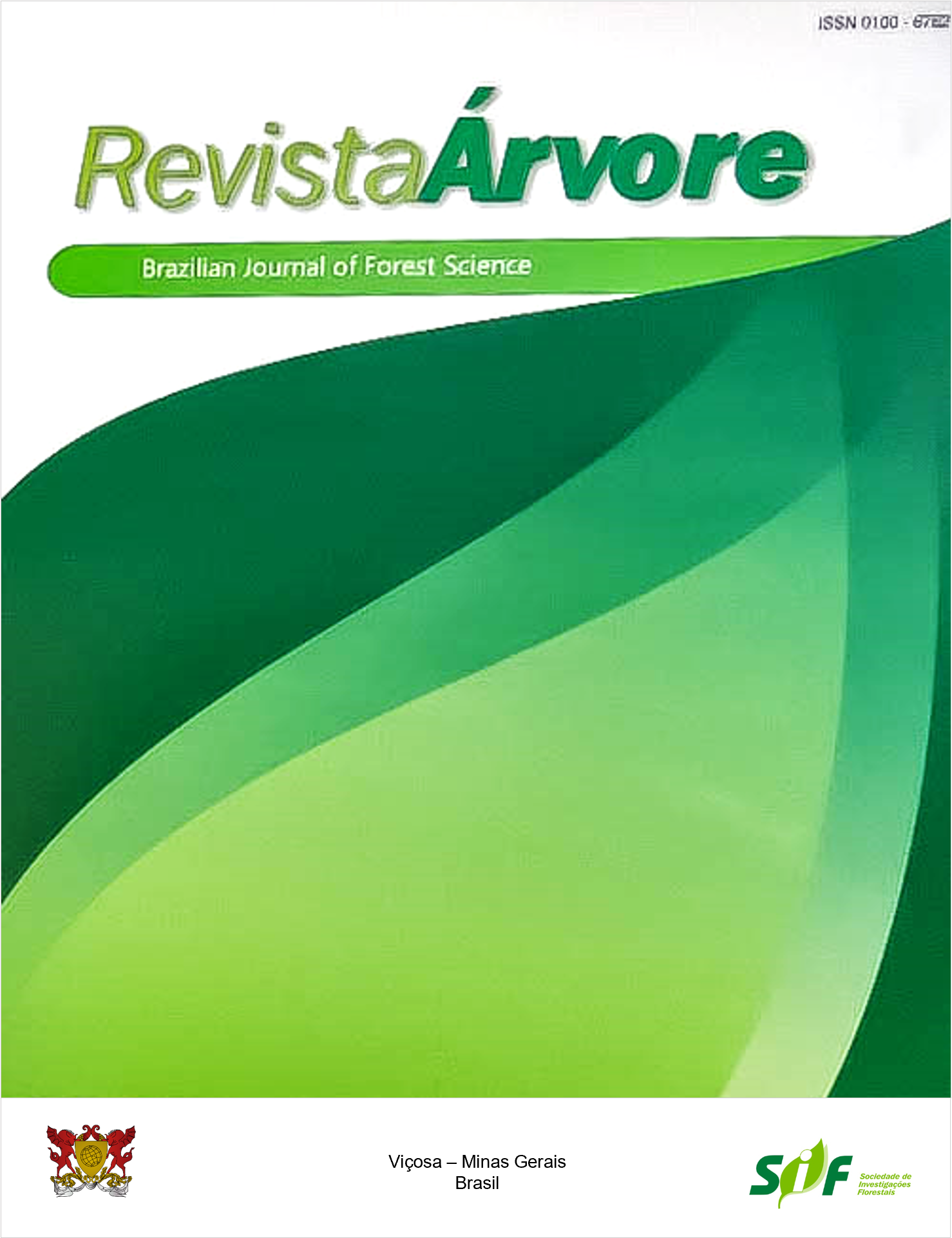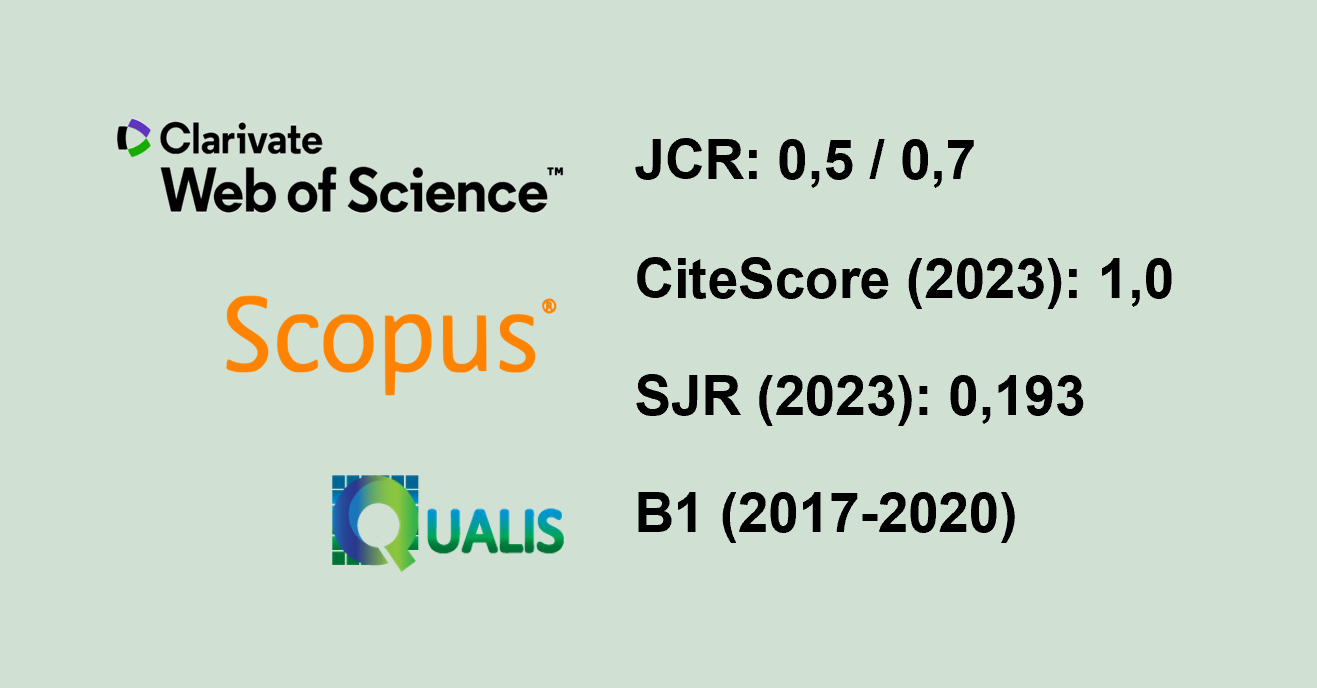SUSTAINABLE DEVELOPMENT IN BRAZIL: A CONGLOMERATED ANALYSIS FOR FEDERATIVE UNITS
Keywords:
Sustainability indicator, Brazilian territory, Regional InequalityAbstract
This paper develops and analyzes a taxonomy that divides the Federative Units of Brazil into groups with similar characteristics, distributed over the indicators of the four dimensions of sustainable development described by the Dashboard of Sustainability method. The research methodology adopted was multivariate analysis by interdependence technique through cluster analysis. The results suggest that on average, the federal units contribute differently to the different dimensions of sustainable development of the country and form distinct groups. Brazil’s sustainable development index has an environmental dimension with a strong contribution from the grouping of states in the North and Northeast regions. The social dimension is positively influenced by the grouping composed of the federative units of the South and Midwest regions. In contrast, the economic dimension is positively influenced by all federal units, however, in a different way. The institutional dimension was mainly influenced by Ceará and Bahia (Northeast region), all South and Southeast states and the Federal District, Mato Grosso and Mato Grosso do Sul (Center-West region), all components of a single grouping.
Keywords:Sustainability indicator; Brazilian territory; Regional Inequality
Downloads
Published
How to Cite
Issue
Section
License
Copyright (c) 2021 Revista Árvore

This work is licensed under a Creative Commons Attribution 4.0 International License.
All authors agreed to submit the work to Revista Árvore and granted the exclusive license to publish the article. The authors affirm that it is an original work and has not been previously published elsewhere. The scientific content and opinions expressed in the article are the sole responsibility of the authors and reflect their opinions, not necessarily representing the opinions of the editorial board of Revista Árvore or of the Society of Forest Investigations (SIF).




